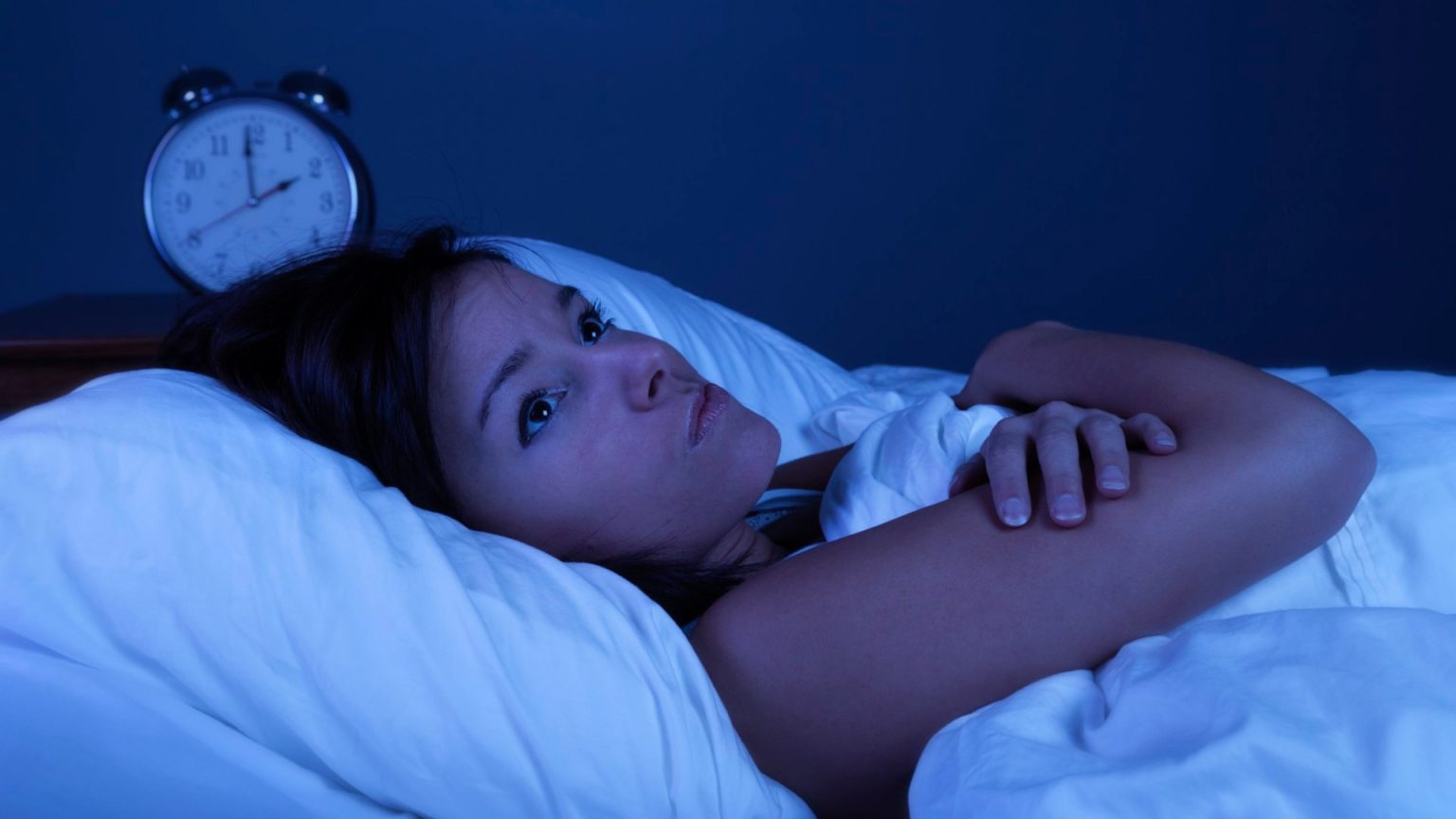The Mystery of Midnight Awakenings: A Deep Dive into Sleep Disruptions
Many find themselves staring at the ceiling in the dead of night, a common experience often brushed off as a normal occurrence. While a few brief, unnoticed awakenings throughout the night are indeed typical, frequent disruptions can be a red flag signaling underlying health issues. Our sleep follows a cyclical pattern of approximately 90 minutes, encompassing both light and deep sleep stages. Waking momentarily between these cycles is natural, often accompanied by simple actions like turning over or a quick trip to the bathroom. External factors such as light, noise, or temperature fluctuations can also contribute to these brief awakenings. However, the frequency and nature of these interruptions hold the key to understanding their significance.
Nocturia, the frequent need to urinate during the night, is a common culprit behind sleep disruptions, affecting a significant portion of the adult population, particularly those over 30. As we age, the prevalence of nocturia increases. While waking briefly to relieve oneself isn’t necessarily detrimental to sleep, provided one returns to sleep quickly, it’s the subsequent actions that can sabotage a restful night. Engaging with light, checking the time, or even fretting about the lost sleep can make it difficult to fall back asleep. The optimal approach is to address the urge promptly and quietly, minimizing external stimuli and maintaining a sleepy state of mind. While age is a contributing factor, nocturia can also be linked to various underlying causes, including urinary tract infections, caffeine and alcohol consumption, and certain medications. More concerning, it can be a symptom of conditions like diabetes, prostate issues, or even heart problems.
Beyond nocturia, frequent awakenings can be indicative of other sleep disorders. Obstructive sleep apnea, characterized by snoring, choking, gasping, restlessness, and periods of ceased breathing during sleep, is a serious condition often linked to obesity, alcohol and tobacco use, and certain medications. Family history can also increase the risk of developing sleep apnea. Left untreated, it can lead to excessive daytime sleepiness, morning headaches, and potentially severe consequences like high blood pressure, stroke, type 2 diabetes, and heart disease. Prompt diagnosis and treatment are crucial for managing this potentially dangerous condition.
Another common sleep disruptor is insomnia, marked by difficulty falling asleep, anxieties surrounding sleep, and prolonged periods of wakefulness during the night. Insomnia can often be effectively addressed through changes in sleep habits, such as establishing a regular sleep-wake schedule, incorporating relaxing pre-sleep routines, optimizing the sleep environment for darkness, quiet, and comfortable temperature, and engaging in regular daytime exercise. Cognitive behavioral therapy for insomnia (CBT-I) is a recommended treatment option, and resources like the Sleepio app offer accessible digital CBT-I programs.
Establishing and maintaining a consistent sleep routine and creating a conducive sleep environment are crucial for promoting quality sleep. Sticking to regular sleep and wake times, even on weekends, helps regulate the body’s natural sleep-wake cycle. Creating a cave-like atmosphere in the bedroom – dark, quiet, and cool – is ideal. Investing in blackout curtains, eye masks, or earplugs can minimize external disruptions. A comfortable room temperature of around 18°C (64°F) and breathable bedding made from natural materials like cotton or linen can prevent overheating.
While general sleep hygiene practices can significantly improve sleep quality, persistent sleep problems or daytime fatigue warrant professional medical attention. Untreated sleep disorders like obstructive sleep apnea can have serious, long-term health implications, making early diagnosis and appropriate intervention essential. If lifestyle changes and self-help strategies prove ineffective, consulting a doctor or sleep specialist is the next step towards identifying and addressing any underlying issues. Remember, consistent and restful sleep is a cornerstone of overall health and well-being, and seeking help when needed is a proactive step towards a healthier, more energetic life.











